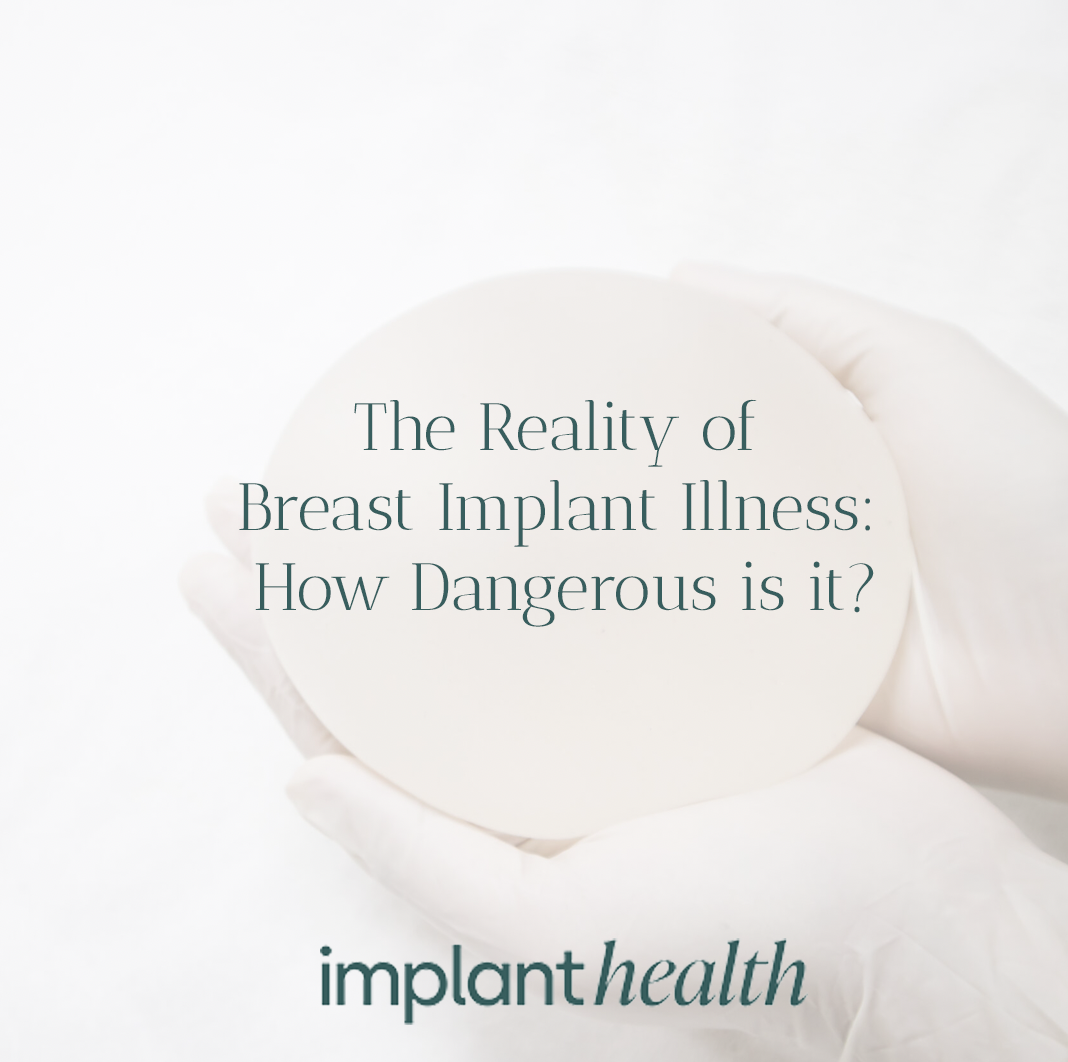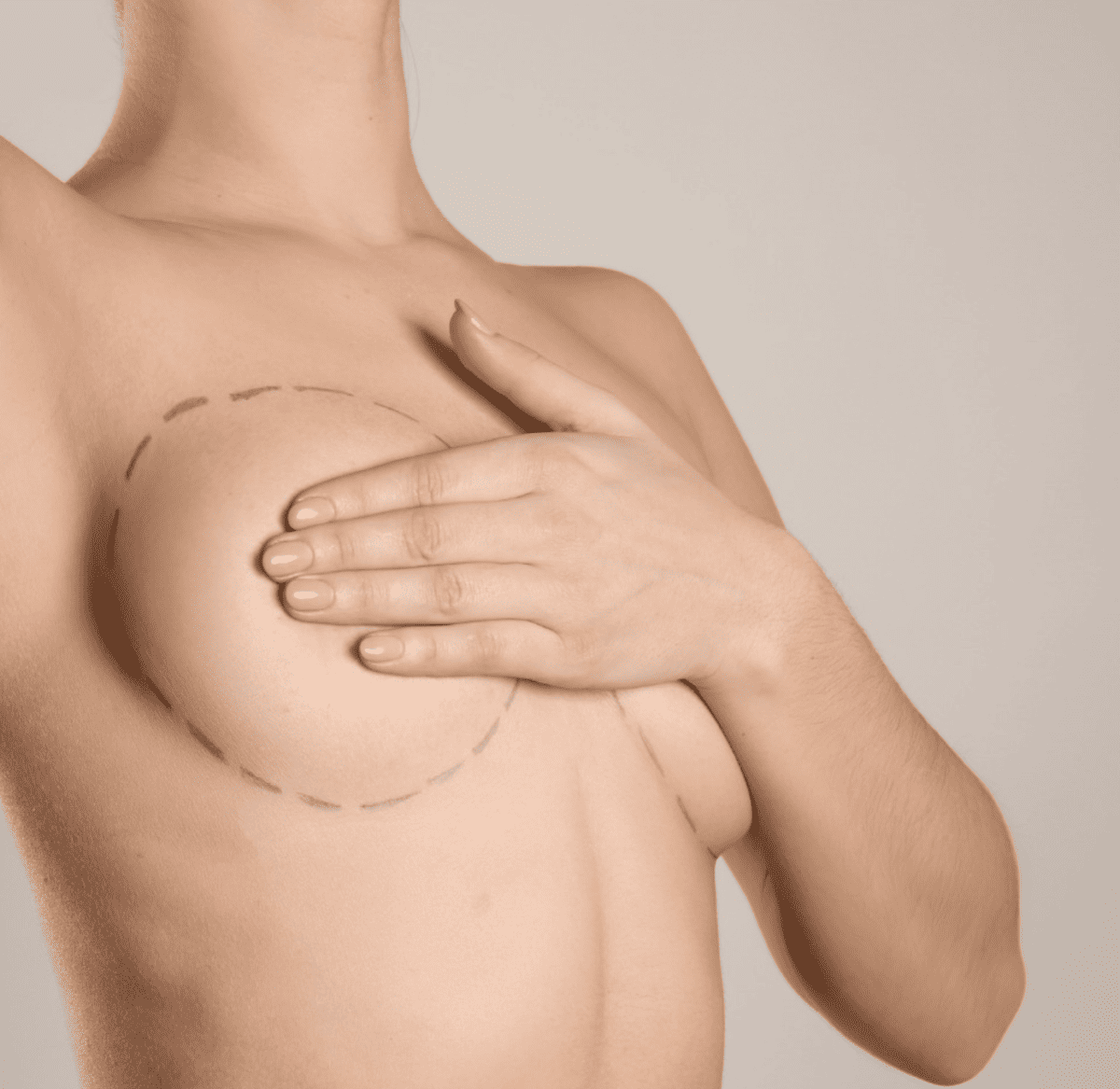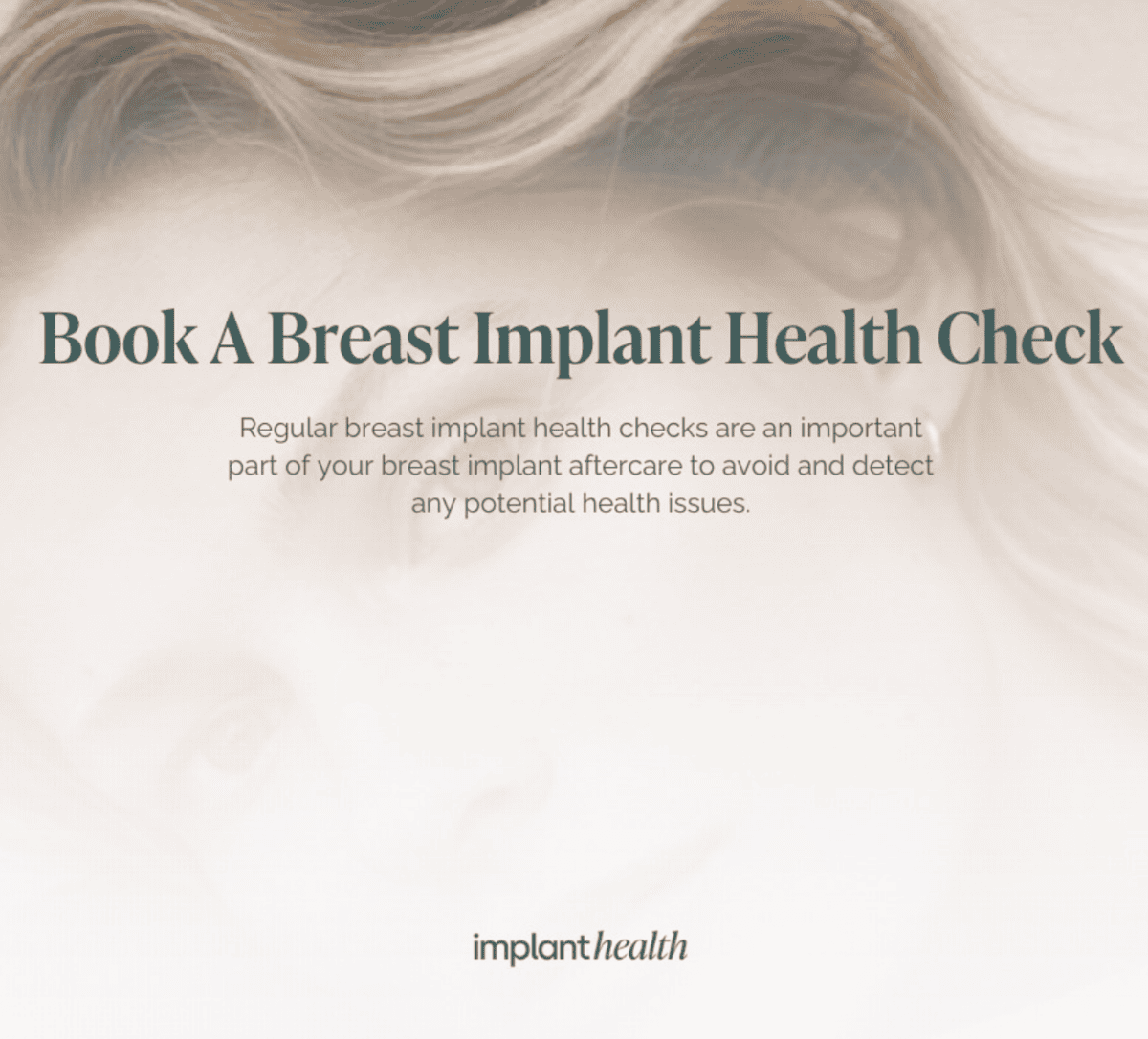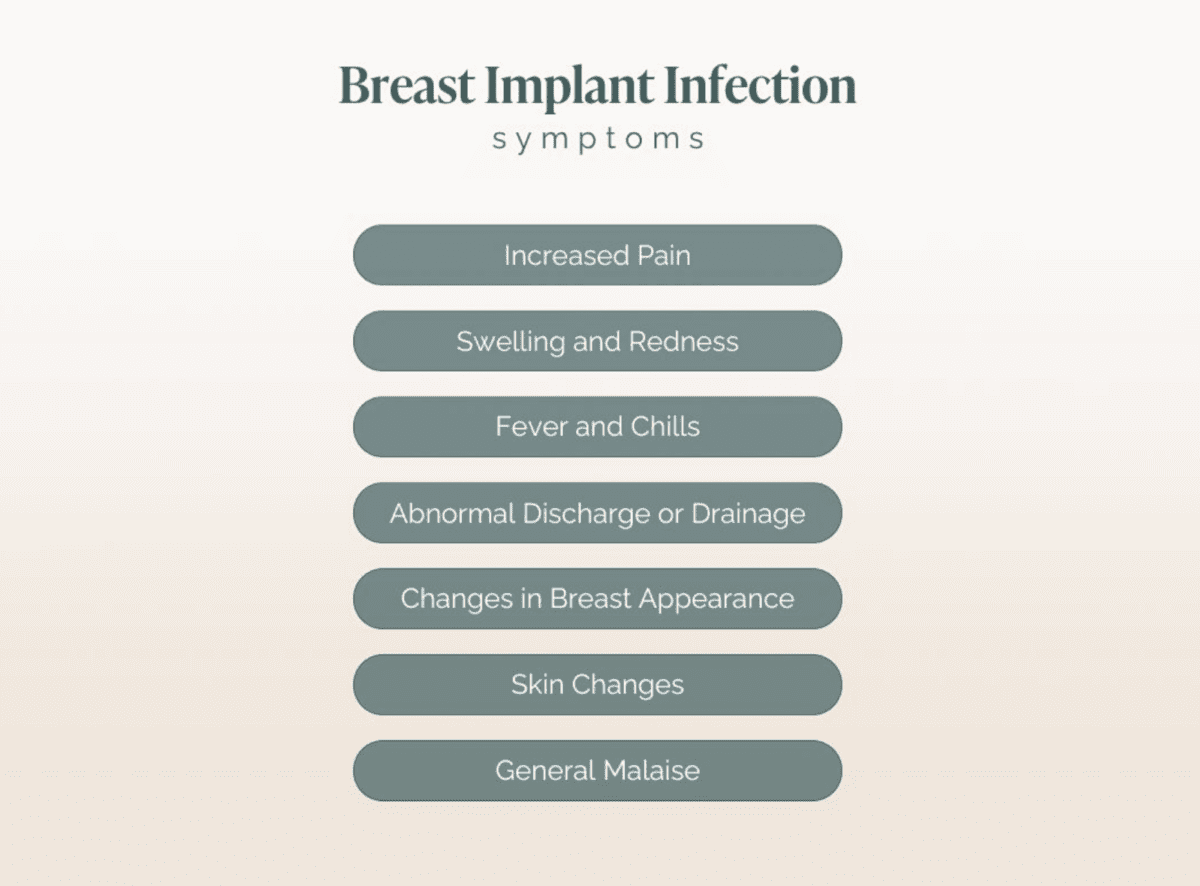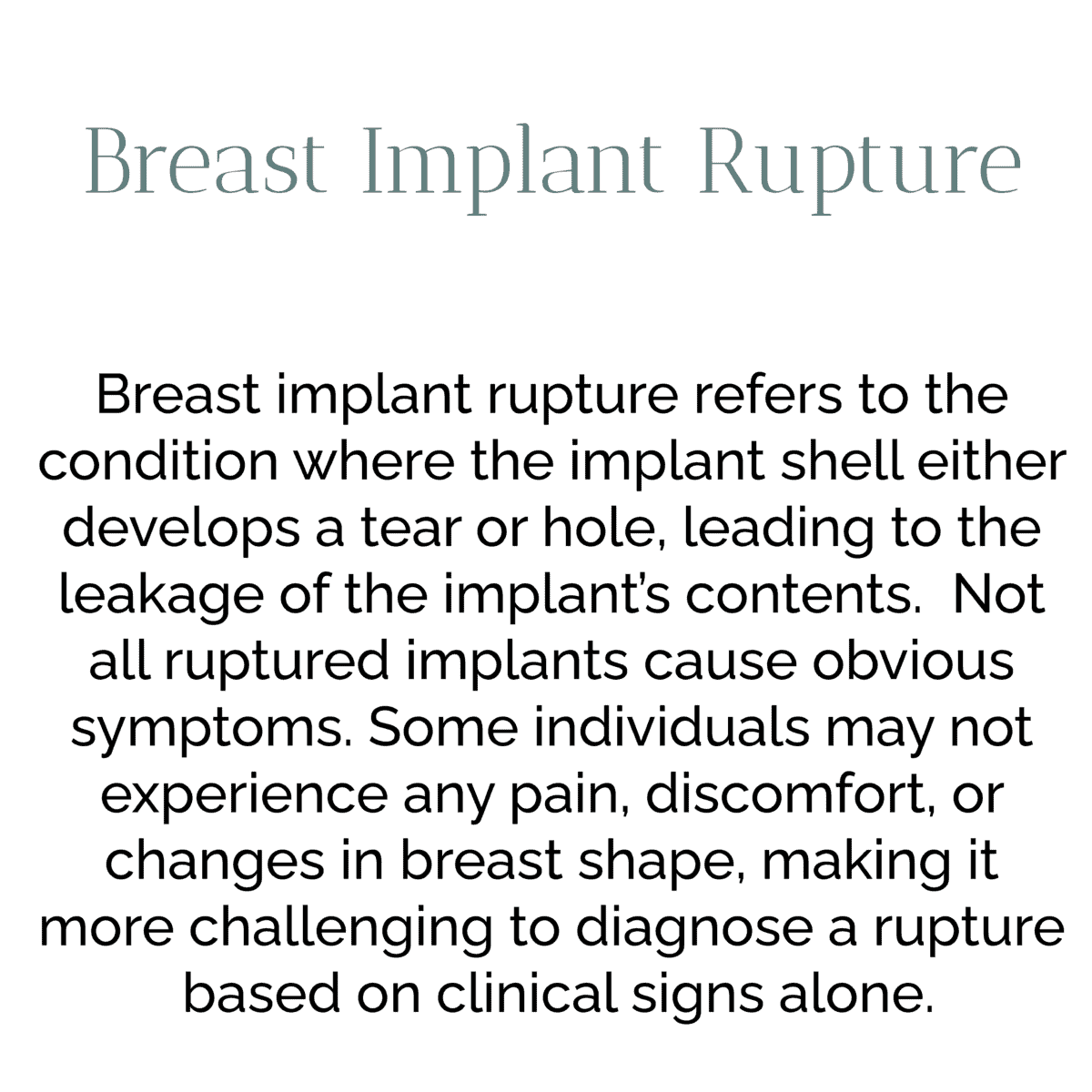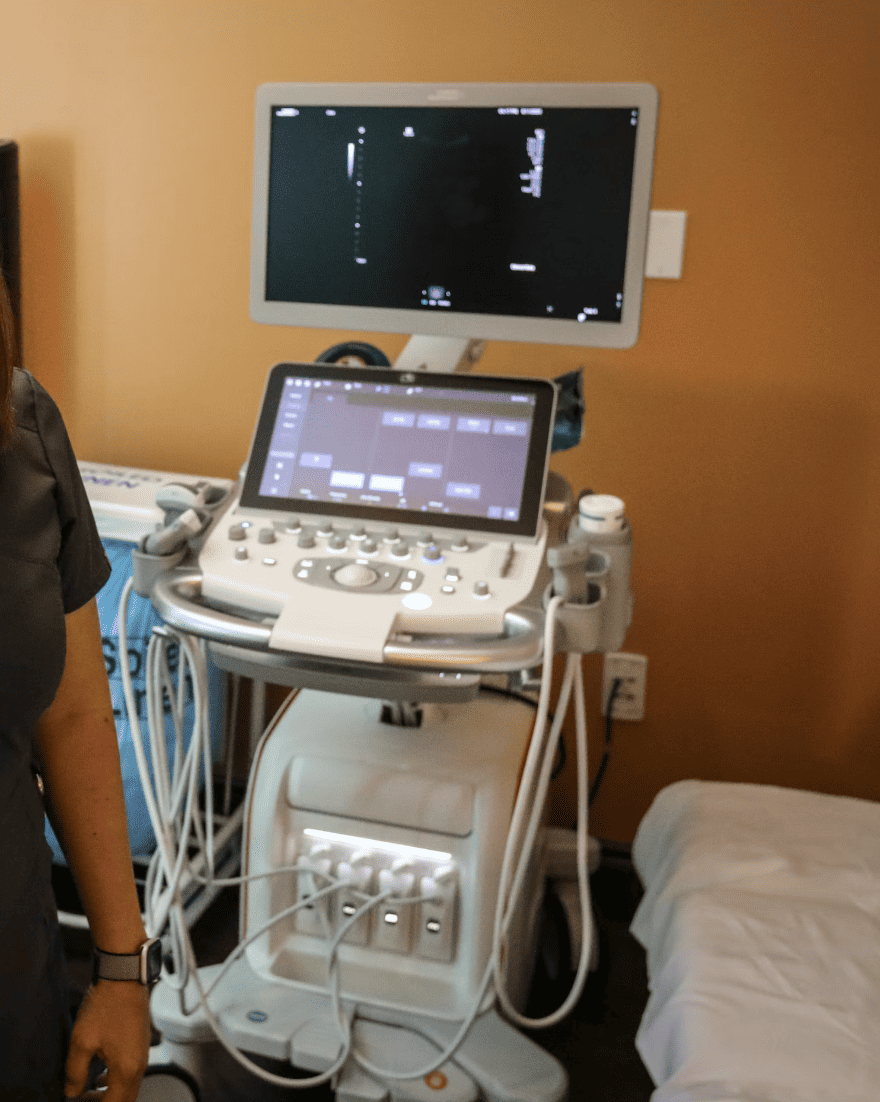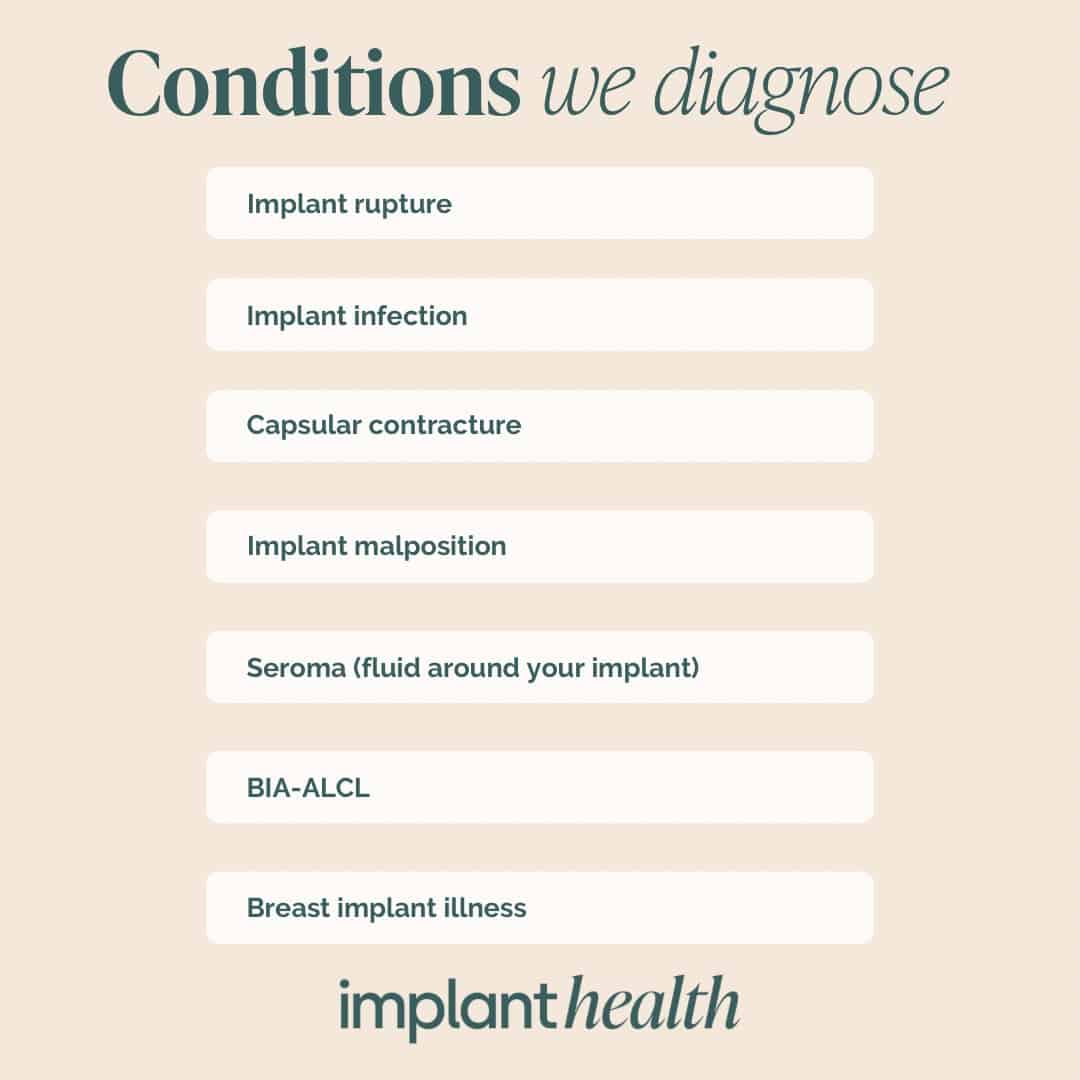The Reality of Breast Implant Illness: How Dangerous is it?
Once considered the epitome of beauty and self-enhancement by many, breast implants have faced intense scrutiny over the past few years. What started out as anecdotal evidence and ‘internet whispers’ has now culminated in a significant body of research and an acknowledgement by health organizations that breast implant illness (BII) is an issue to be reckoned with. But what is BII, and how dangerous is it, really? Let’s dive deep into the topic and separate fact from fear mongering.
Defining Breast Implant Illness
Breast Implant Illness is a term used by women who have breast implants and report a wide range of symptoms they feel are directly connected to their implants. The symptoms may vary from person to person and can include things like fatigue, chest pain, hair loss, headaches, chills, sensitivity to sunlight, joint and muscle pain, chronic pain, brain fog, anxiety, and depression. The list is extensive, and what makes the illness challenging is the fact that no single symptom is exclusive to breast implant illness; they often mimic symptoms from autoimmune disorders, making it difficult for patients and healthcare providers to diagnose accurately.
In the realm of BII, there are no definitive tests to confirm its presence. This complicates matters as many conditions are diagnosed through a process of ruling out other possible causes. Despite the anecdotal evidence and a growing number of case reports, not all healthcare professionals acknowledge BII as a legitimate medical condition. This ambiguity can be incredibly stressful for those women who feel that their implants are linked to their declining health.
The Grey Area of Diagnosis
The lack of a clear diagnostic criterion is a key issue in understanding and addressing BII. Many patients report that their symptoms improved or completely disappeared after the removal of their implants, a procedure often referred to as ‘explant surgery.’ While the removal of implants does not always mean a cure for the reported symptoms, it has led to a significant number of woman sharing their experiences and attributing their regain in health to explantation.
However, the lack of a specific diagnostic marker for BII raises questions. Are these improvements due to a placebo effect or some other change in the patient’s lifestyle after the surgery? It’s crucial to note that while there are legitimate concerns and a growing body of evidence, there are also unproven theories and claims that need rigorous scientific scrutiny.
The Current Medical Stance
The medical community’s stance on BII has evolved over time. For instance, in 2019, the World Health Organization classified certain breast implant-associated anaplastic large cell lymphomas (BIA-ALCL) as a distinct type of lymphoma. This marked a significant step in recognizing that some forms of cancer can be directly linked to breast implants.
In terms of other systemic symptoms, the U.S. Food and Drug Administration (FDA) recognizes that some patients with breast implants report a variety of systemic symptoms such as fatigue, “brain fog,” and joint and muscle pain. Based on a comprehensive review of the available scientific literature, the FDA believes that patients with breast implants may have a small but significant risk of developing BII, yet they have not broadly attributed systemic symptoms to implants due to the lack of robust scientific data.
Moving Forward: What Research is Needed?
To truly understand the dangers of BII, more research is crucial. There needs to be a concerted effort to study individuals with implants and a control group without, tracking their health and specific symptoms over time. Longitudinal studies that follow a large sample of individuals over decades could provide invaluable data.
Furthermore, research into the potential mechanisms behind BII is needed. It is hypothesized that BII could be related to the body’s immune response to the presence of the implants, or even the substances used in the implant themselves. This could be through a potential inflammatory response or through the adaptive immune system, causing a range of symptoms across multiple body systems.
A Call for Better Regulation and Transparency
The current landscape for breast implants needs to be characterized by rigorous regulation, high standards of transparency, and clear communication of risk to individuals considering breast augmentation or reconstruction. As of now, there is a general consensus that more needs to be done to improve patient education and informed consent when it comes to the potential long-term effects of breast implants.
The selection of safer implant materials and the continual assessment of the post-marketing safety of these devices is imperative. The process should include real-time monitoring of adverse effects to ensure that any potential health risk is identified and addressed promptly. Transparency is not only vital in providing patients with up-to-date information on the risks and benefits of breast implants, but also in building public trust in the medical device industry and regulatory systems.
The Role of the Plastic Surgeon and Patient
The plastic surgeon plays a critical role in the conversation surrounding BII. They are often the front line of defense in identifying potential concerns. Surgeons should be proactive in discussing the potential risks of breast implants and in monitoring patient health after implantation, advocating for and participating in clinical studies, and reporting adverse events.
Patients, on the other hand, must be their own advocates. They should thoroughly research and understand the potential risks of breast implants. It is essential for women considering breast augmentation or reconstruction to have a candid conversation with their surgeon, ask about all possible side effects, and for post-operative monitoring. If a patient believes she is suffering from BII, she should seek medical help and consider if implant removal is right for her after a thorough consultation with her healthcare provider.
Conclusion: The Road Ahead
The danger of breast implant illness lies not only in the uncertainty of its diagnosis and treatment but in the profound impact it has on the lives of those who suffer from it. Whether BII is rare or more common than previously thought is less important than acknowledging and addressing the suffering of those who live with the condition. The road ahead for BII research and understanding is long, and it will require concerted efforts from patients, healthcare providers, and regulators.
As science continues to delve into the reality of BII, a compassionate and transparent response is paramount. If we are to learn anything from the history of medical devices, it is that patient stories matter, and a collaborative approach between patients and the medical community is necessary for progress. The danger of dismissing reports of BII is that we risk invalidating patient experiences and potentially failing to recognize a systemic issue with profound public health implications.
Ultimately, the correct diagnosis and understanding of BII will require more than just laboratory investigations; it will necessitate open dialogue, shared experiences, and a patient-centric approach to medical care. Only then can we hope to determine not only the prevalence and true dangers of BII but how best to safeguard the health and well-being of individuals considering or living with breast implants.
